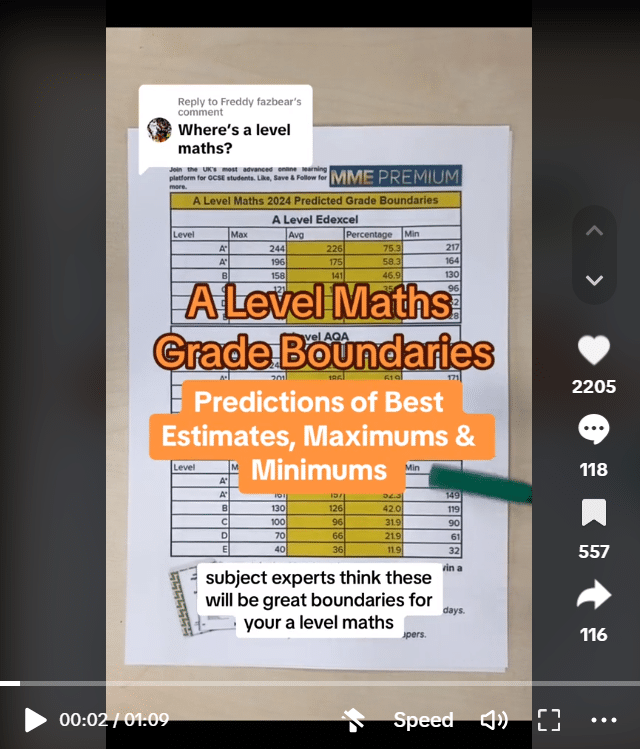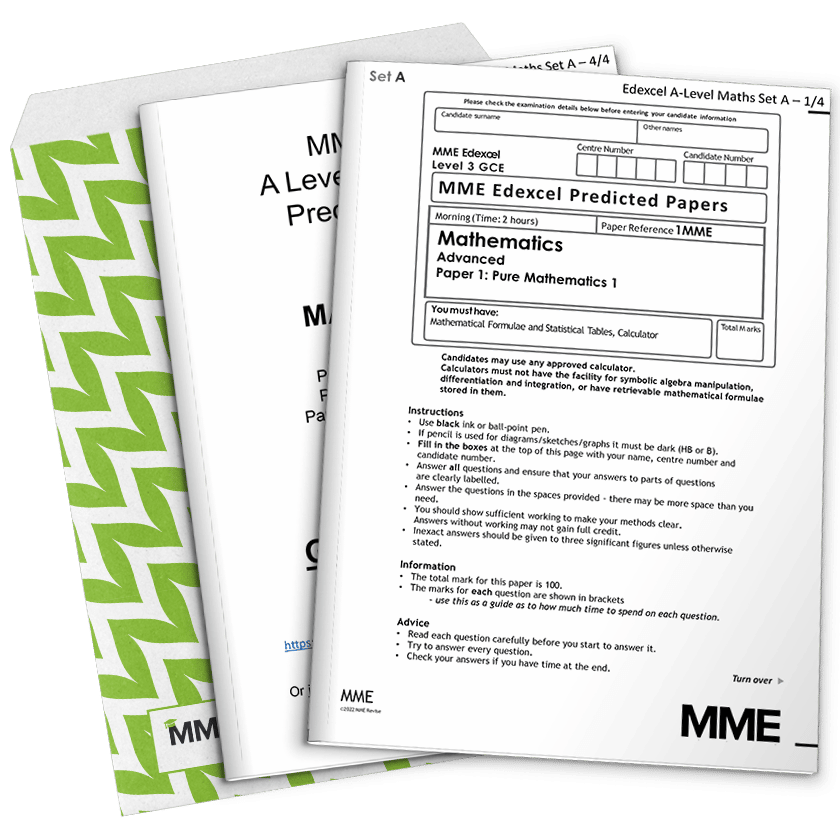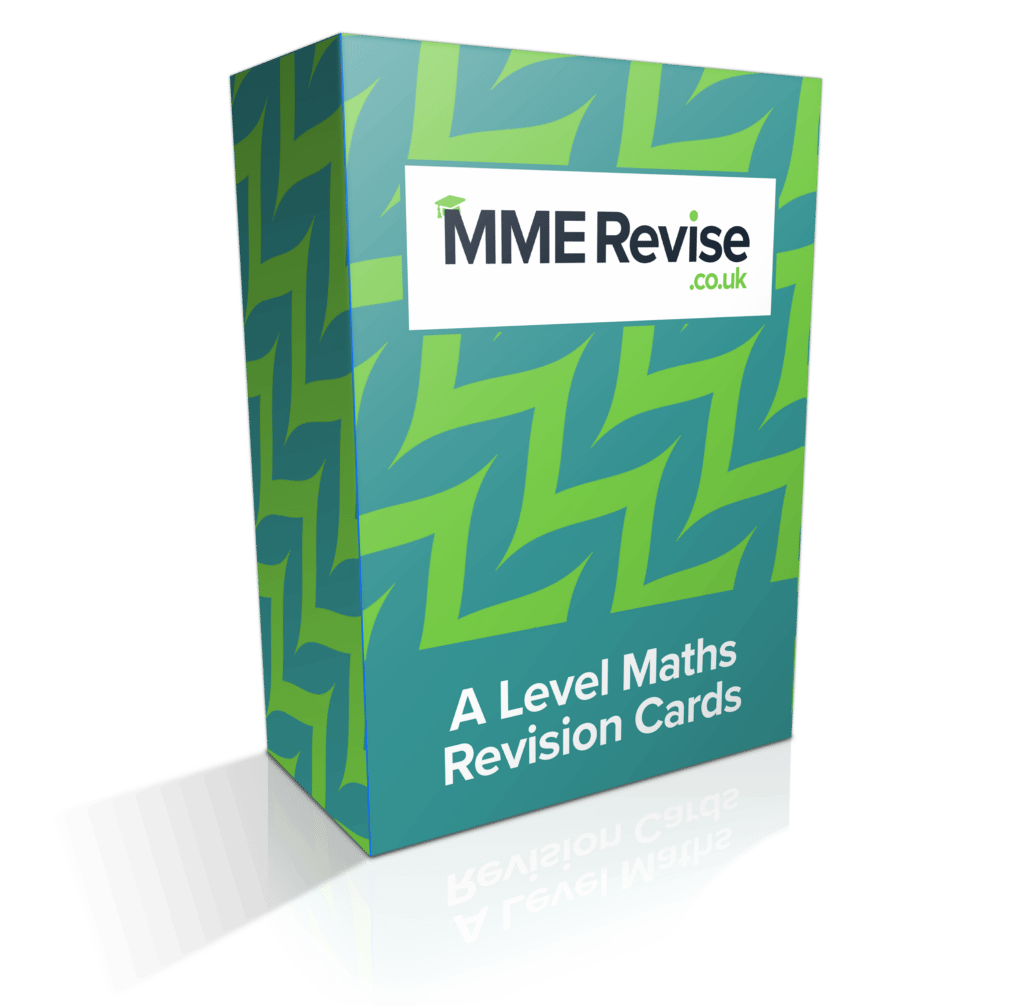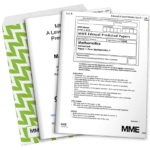Sequences
Sequences Revision
Sequences
A sequence is a list of numbers that follow a pattern. We can define this pattern with an \color{red}nth term rule or a recurrence relation. We will also define the terms increasing sequence, decreasing sequence and periodic sequence. We will also define an arithmetic and geometric progression, both of which will be studied in more detail later on.
nth Term and Recurrence Relation
One way to define a sequence is with an \color{red}nth term rule. This is a formula in n, and the sequence is generated by n=1, n=2, n=3, etc.
Example: 4n-3 defines the sequence 1,5,9,13... because 4\times 1-3=1, 4\times 2-3=5, 4\times 3-3=9 and so on.
A recurrence relation instead defines the next term using previous ones. We first define u_{n} as the \color{red}nth term, then the sequence is defined by a formula in terms of u_{n-1}.
Example: The sequence above, 1,5,9,13... has recurrence relation u_{n}=u_{n-1}+4
Note: A recurrence relation alone is not enough to specify a sequence. For example, u_{n}=u_{n-1}+4 defines both 1,5,9,13... and 1000,1004,1008,1012... as well as any other sequence that goes up by 4 each time. To uniquely define a sequence, we need to specify a term, e.g. u_{1}=1
Arithmetic and Geometric Progressions
An arithmetic progression is a sequence that is created by adding the same amount each time. The first term of the sequence is called a and the amount we add is called the difference d.
The sequence is a,a+d,a+2d,a+3d...
u_{n}=a+(n-1)d
A geometric progression is a sequence that is created by multiplying by the same amount each time. The first term of the sequence is called a and the amount we multiply by is called r.
The sequence is a,ar,ar^{2},ar^{3}...
u_{n}=ar^{n-1}
Properties of Sequences
Sequences can be
- Increasing: u_{n}>u_{n-1}
- Decreasing: u_{n}<u_{n-1}
- Periodic: The sequence repeats in a cycle. The number of terms in the cycle is the order of the sequence.
Some sequences are none of these.
Example 1: Arithmetic and Geometric Progressions
a) 3,7,11,15,19 is an arithmetic progression. Find a and d, and predict the next term.
b) 6,30,150,750,3750 is a geometric progression. Find a and r, and predict the next term.
[4 marks]
a) a=\text{first term}=3
d=\text{difference}=7-3=4
\begin{aligned}u_{n}&=3+4(n-1) \\[1.2em] u_{6}&=3+4(6-1)\\[1.2em]&=3+4\times 5\\[1.2em]&=3+20\\[1.2em]&=23\end{aligned}
b) a=\text{first term}=6
r=\text{ratio}=\dfrac{30}{6}=5
\begin{aligned}u_{n}&=6\times 5^{n-1}\\[1.2em] u_{6}&=6\times 5^{6-1}\\[1.2em]&=6\times 5^{5}\\[1.2em]&=6\times 3125\\[1.2em]&=18750\end{aligned}
Example 2: Properties of Sequences
Prove that the sequence defined by 8n-7 is increasing.
[2 marks]
u_{n}=8n-7
u_{n-1}=8(n-1)-7
\begin{aligned}u_{n}-u_{n-1}&=8n-7-(8(n-1)-7)\\[1.2em]&=8n-7-(8n-8-7)\\[1.2em]&=8n-7-(8n-15)\\[1.2em]&=8n-7-8n+15\\[1.2em]&=8>0\end{aligned}
Hence, u_{n}>u_{n-1} so the sequence is increasing.
Sequences Example Questions
Question 1: Express the following sequence in both nth term and recurrence relation form.
1,4,7,10,13,16,19,22[2 marks]
nth term: u_{n}=3n-2
Recurrence relation: u_{n}=u_{n-1}+3 and u_{1}=1
Question 2:
i) An arithmetic series has first term 64 and difference 1.5. Find the seventh term in the sequence.
ii) A geometric series has first term 64 and ratio 1.5. Find the seventh term in the sequence.
[4 marks]
i) u_{n}=64+1.5(n-1)
\begin{aligned}u_{7}&=64+1.5(7-1)\\[1.2em]&=64+1.5\times 6\\[1.2em]&=64+9\\[1.2em]&=73\end{aligned}
ii) u_{n}=64\times 1.5^{n-1}
\begin{aligned}u_{7}&=64\times 1.5^{7-1}\\[1.2em]&=64\times 1.5^{6}\\[1.2em]&=64\times 11.390625\\[1.2em]&=729\end{aligned}
Question 3: Below are seven sequences:
A: 2,5,8,11,14,17,20,23
B: 2,4,7,8,14,15,19
C: 31,28,31,30,31,30,31,31,30,31,30,31
D: 99,98.5,98.25,98.125,98.0625
E: 10000,9000,8100,7290,6561
F: 1,0,-1,0,1,0,-1,0,1,0,-1,0
G: 24,48,96,192,384,768,1536
Which of these sequences are:
i) Increasing
ii) Decreasing
iii) Periodic
iv) Arithmetic progression
v) Geometric progression
vi) None of the above
[4 marks]
i) A, B, G
ii) D, E
iii) F
iv) A
v) E, G
vi) C
Sequences Worksheet and Example Questions
Sequences
A LevelYou May Also Like...

MME Learning Portal
Online exams, practice questions and revision videos for every GCSE level 9-1 topic! No fees, no trial period, just totally free access to the UK’s best GCSE maths revision platform.






